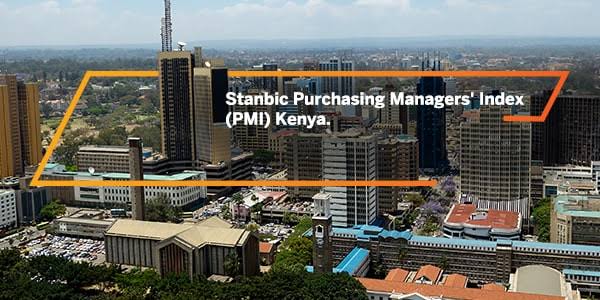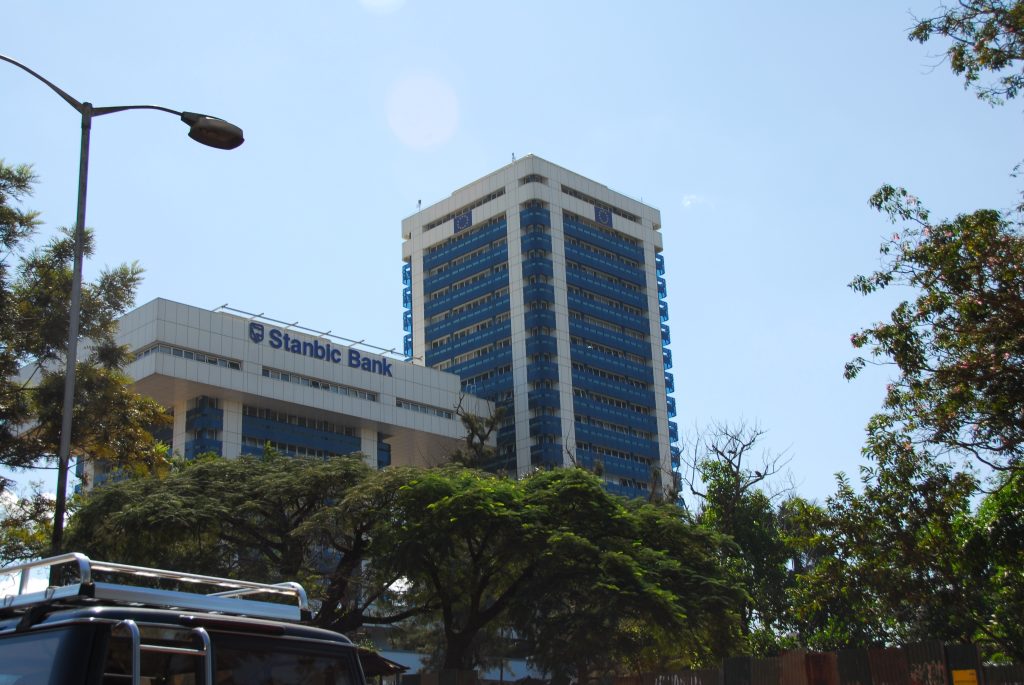
- Stanbic PMI: Inflation Hits Kenyan Businesses in May
- The headline PMI dropped from 52.0 in April to 49.6 in May, printing below the 50.0 no-change mark for the first time since last September.
- This indicated a slight decline in the health of the private sector economy, following improvements in each of the previous seven months
Businesses in Kenya saw conditions worsen and demand weaken in May due to rising prices, triggering a slowdown, according to the Stanbic Bank Kenya Purchasing Managers’ Index report.
 The downturn ended a seven-month run of improving business conditions, although the rate of decline was mild as businesses continued to raise their stock levels and labour capacity.
The downturn ended a seven-month run of improving business conditions, although the rate of decline was mild as businesses continued to raise their stock levels and labour capacity.
Input prices accelerated in May, marking their quickest increase since January and the fastest pace in four months.

Businesses largely attributed this to higher purchase costs and increased tax payments, though overall cost pressures remained milder than the long-term average.
Conversely, firms tried to ease the burden on customers, leading to selling charges rising at their weakest rate since last October.
 The report noted that PMI readings above 50.0 signal an improvement in business conditions on the previous month, while readings below 50.0 show a deterioration.
The report noted that PMI readings above 50.0 signal an improvement in business conditions on the previous month, while readings below 50.0 show a deterioration.
“The headline PMI dropped from 52.0 in April to 49.6 in May, printing below the 50.0 no-change mark for the first time since last September,” read part of the report.
This indicated a slight decline in the health of the private sector economy, following improvements in each of the previous seven months.
 Total business output contracted at the fastest rate in ten months in May, although the overall downturn was only slight.
Total business output contracted at the fastest rate in ten months in May, although the overall downturn was only slight.
While 33 percent of survey respondents noted that output had fallen since April, 29 percent reported an expansion.
“Declines were generally driven by the construction, wholesale & retail and services sectors, whereas output increased in agriculture and manufacturing,” read part of the statement.

New order inflows decreased modestly, marking the first contraction since September 2024.
According to monitored firms, customer demand was lower due to rising prices and challenging economic conditions.
On the other hand, several firms still cited gaining new clients and benefitting from greater marketing.
Stocks of purchases across the private sector rose for the fifth month running in May.
 However, a slight dip in input buying meant that the rate of accumulation was the slowest since February.
However, a slight dip in input buying meant that the rate of accumulation was the slowest since February.
Despite the slowdown, businesses continued to build capacity.
Staff numbers grew slightly, with firms often hiring short-term labor to finalize orders.
Suppliers also remained efficient, providing inputs in a timely manner, and overall delivery times shortened for the fourth consecutive month.
 With demand weakening, Kenyan firms made some efforts to contain the impact of higher costs on customer prices.
With demand weakening, Kenyan firms made some efforts to contain the impact of higher costs on customer prices.
The rate of output price inflation eased to a seven-month low and was marginal.
Business expectations for the next 12 months remained subdued in May, ticking down to their second-lowest on record.
Just 4 percent of surveyed firms anticipate an improvement in output, citing expected branch openings and new marketing strategies.
 Christopher Legilisho, Economist at Standard Bank, said the PMI signalled fragility in the private sector’s recovery.
Christopher Legilisho, Economist at Standard Bank, said the PMI signalled fragility in the private sector’s recovery.
“For pricing, the survey showed a softer increase output prices, and a moderate increase in input prices, especially in the manufacturing sub-sector.
Increases in materials prices were related to tax and customs obligations,” he said.
He noted that there was a moderate contraction in output, and a decline in new orders after seven months of expansion.
 “Purchasing activity was also down, reflecting a lack of new projects. Consumers remain hesitant to spend due to concerns about their economic state and the dim outlook.
“Purchasing activity was also down, reflecting a lack of new projects. Consumers remain hesitant to spend due to concerns about their economic state and the dim outlook.
Still, whereas output, new orders and purchasing activity declined, employment and inventories rose, while backlogs remained steady,” he said.










